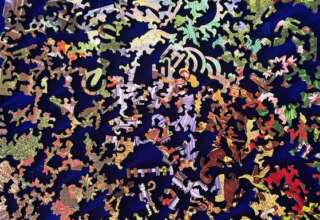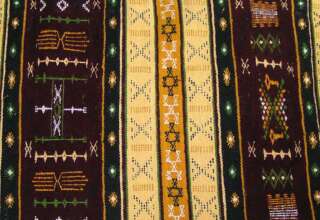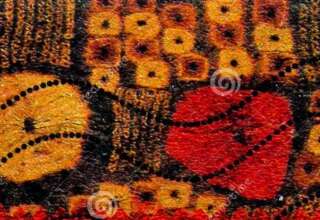
It is not only the people from Jewish and African communities who found a new home in other lands. It is also their culture and heritage that was transported to these foreign societies. We find a strong Jewish community residing in many North American cities. Small enclaves of African descendants living in the United States have preserved much of the African culture and heritage. This African imprint is particularly observable among the Gullah people who are living on the Carolina coastline. Represented with some accuracy in Pat Conroy’s novel, The Water is Wide, and in a subsequent movie (Conrack), as well as in a more fanciful way in the Gershwins’ Porgy and Bess, the Gullah communities represent Theory A in many respects (as I shall note later in this essay).
The Ties that Bind
Given this nomadic heritage among both the Bantu and Jewish communities, leadership is based in familial and clan relationships and traditions rather than in institutions. When a group of people are often “on the move” then the burden of large institutional structures is too great to carry along with them. When traveling “light”, the size of the operating group must remain small, though it must also provide continuity. In the case of the nomadic Jews this would mean finding continuity and leadership in one’s family and one’s local synagogue—not in governmental institutions (that were not only large and entrenched but also the frequent source of abuse against the Jewish population). Bantu and later African communities found that they could remain nimble by building their communities around kinship structures. John Jackson (1994, p. 84-85) offers the following description of this structure:
The key feature of tribal society is the classificatory system of relationship, and the basic principle of this system is that kinship is reckoned between groups rather than between individuals. Under this system a man calls father, not only his actual father, but all men who according to tribal custom might have been his father. He names as his mother, not only his actual mother, but an entire group of women, any one of which might have been his mother under the tribal customs. He designates as his wife, not only his real wife, but also all of the women he might have married in agreement with the marital laws of the tribe. He gives the names of sons and daughters not only to his own children, but to the children of all of the women of the tribe which he might have married.










Charly Wiliamse
August 16, 2021 at 10:23 pm
I have thought so many times of entering the blogging world as I love reading them. I think I finally have the courage to give it a try. Thank you so much for all of the ideas!
power bi course
December 7, 2021 at 7:29 am
Thanks for sharing information.